Teach Your Kids Math: Column Addition Copyright & Other Notices Published in 2018 by Answers 2000 Limited Copyright 2018, Sunil Tanna Sunil Tanna has asserted his right to be identified as the author of this Work in accordance with the Copyright, Designs, and Patents Act 1988. Information in this book is the opinion of the author, and is correct to the best of the authors knowledge, but is provided as is and without warranty to the maximum extent permissible under law. Content within this book is not intended as legal, tax, financial, medical, or any other form of professional advice. While we have checked the content of this book carefully, in any educational book there is always the possibility of typographical errors, or other errors or omissions. We apologize if any such errors are found, and would appreciate if readers inform of any errors they might find, so we can update future editions/updates of this book. Answers 2000 Limited is a private limited company registered in England under company number 3574155.
Address and other information about information about Answers 2000 Limited can be found at www.ans2000.com Updates, news & related resources from the author can be found at http://www.suniltanna.com/caddition Information about other math books by the same author can be found at http://www.suniltanna.com/math
Introduction For some time now, I have tutored both children and adults in math and science. This book is based on my own personal experience as a tutor, and is one of a series of books on different topics:
- If you want to find out about the other math books that I have written, please visit: http://www.suniltanna.com/math
- For science books that I have written, visit: http://www.suniltanna.com/science
Required Skills Before Learning Column Addition This book is about learning column addition. Some very basic math skills are required before starting on this topic: (1) Understanding the idea of what a number is. (2) Know what 0 is. (3) Being able to count preferably from 0 to over 100. If your child can count to over 1000 even better.
Note: As long as your child recognizes that there are numbers over 100, they can improve counting at the same time as learning column addition. (4) Be able to write and recognize each of the digits. The Structure of This Book: This book is intended as a guide to help with parents and teachers teaching column addition to children, although of course it can be used by adult learners too.
The Best Way to Learn: As far as mastering addition is concerned, the best way to do this: (1) Practice often and regularly If you want to get better at something, you need to practice. The same principle applies to your child learning and mastering a new skill. Regular practice is vital! (2) You can make up your own problems Once you have exhausted the problems in this book, that doesnt mean you should stop! Feel free to invent your own problems. (3) Do lots of activities involving addition Its important to devote time to learning, but you dont need to make it boring. (3) Do lots of activities involving addition Its important to devote time to learning, but you dont need to make it boring.
Young children learn better when learning is fun! You can make addition part of your daily routine ask your child to do a problem after meals or before story-time at night. Play games involving adding up numbers, play an adding quiz when going on a car ride, etc. I have placed some more information about some resources for making adding fun, including links, at http://www.suniltanna.com/caddition (4) Go slowly and allow your kids time I mean this in three senses: Firstly, there is no need to rush through the concepts and the examples. Spend as much time on each idea as necessary before moving on. Once your child understands a concept and can work-out the right answer for themselves, then move forward. Secondly, it takes time to master a new skill: you dont have to complete the whole book in a day.
Doing a little bit every day and allowing your child time to digest the concepts is much more effective than trying to sprint your way through the book. Thirdly, when your child is solving a problem, give them time to solve it: let them work at their own pace. Dont rush them!
- The most important thing is that they know how to work out the answer.
- The second most important thing is that they get the right answer.
- The least important thing is speed speed will come naturally with regular practice.
Rushing your child can damage their confidence, make the activity less fun (making it harder to engage them in future lessons), and tends to increase the number of mistakes (which further damages their confidence). That said it is perfectly okay to help your child when doing problems. Eventually of course you want them to be able to do problems by themselves, but when they are starting out that may be a little too much to ask. The way that I do this when tutoring is:
- I show the child how to do an example problem.
- I ask the child to do a similar problem while watching them carefully.
If it is clear that the child has not understood or does not know where to start, I will show them again. If they make a minor mistake, I might ask whether they are sure or simply ask them to try again.
- If you help your child in this way while still allowing to solve the problem themselves, it shouldnt be long before they learn to solve such problems without any help from you.
Chapter 1: Do you remember how to add on your fingers? Note to parents/teachers: Before starting this book, your child should already know how add on their fingers. I have included a brief recap here. Feel free to skip this section if its unnecessary. If you need more practice, please check out my book Teach Your Kids Math: Adding on Your Fingers . Lets try 3 + 7 (1) Say the first number in the sum.
Stretch out the number of fingers that are in the second number. So, if you were doing 3 + 7, you would say 3 and stretch out 7 fingers like this: 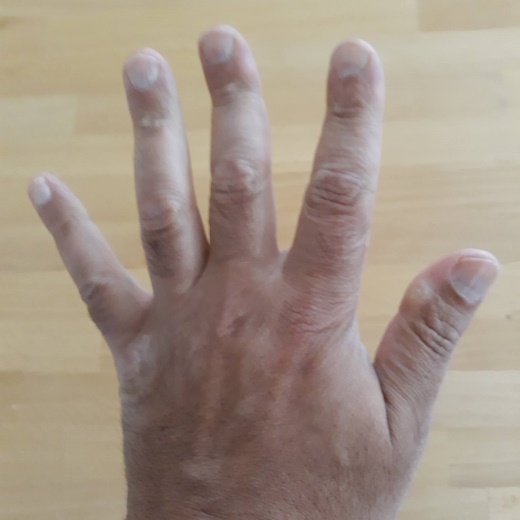
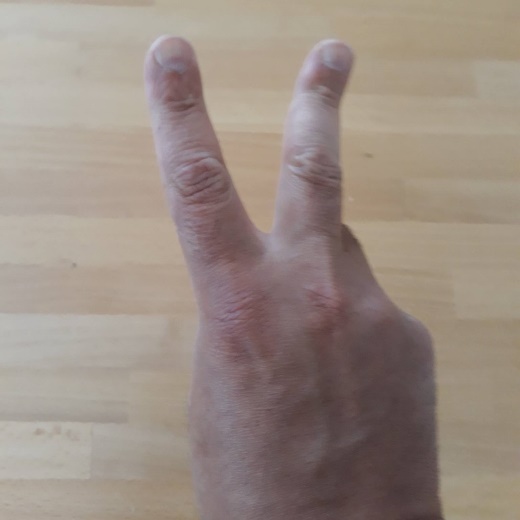 (2) Using your fingers, start counting upwards from the number you said, so the first finger is 1 more than this number, the second finger is 2 more, and so on. So, if you were doing 3 + 7, you would count upwards like this: You would have already said 3, and then your fingers count-up 4, 5, 6, 7, 8 and then 9, 10:
(2) Using your fingers, start counting upwards from the number you said, so the first finger is 1 more than this number, the second finger is 2 more, and so on. So, if you were doing 3 + 7, you would count upwards like this: You would have already said 3, and then your fingers count-up 4, 5, 6, 7, 8 and then 9, 10: 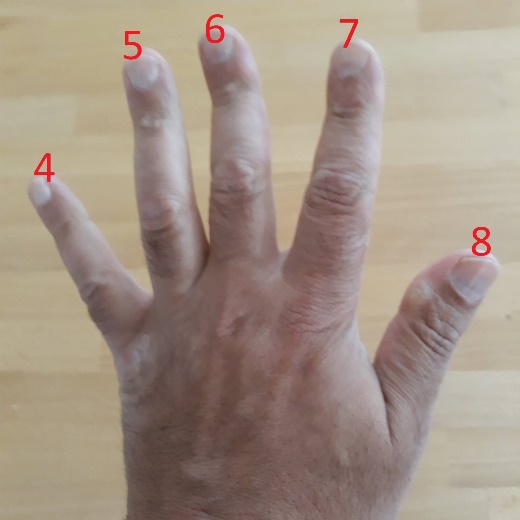
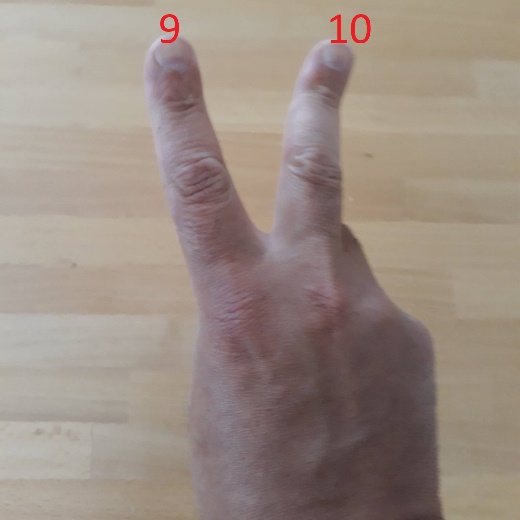 (3) The last number that you say is the answer! So, 3 + 7 = 10.
(3) The last number that you say is the answer! So, 3 + 7 = 10.
Next page
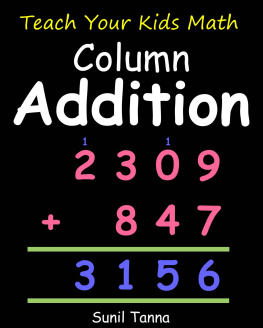



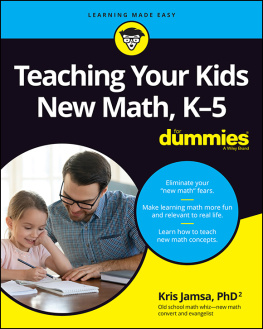
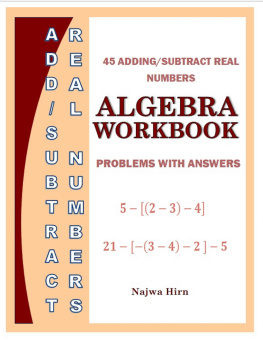

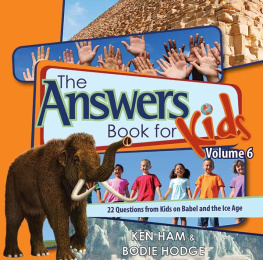
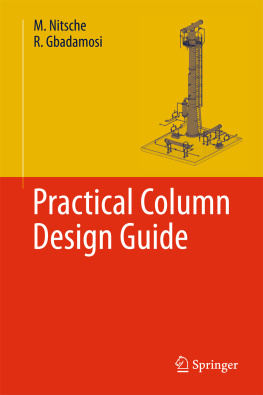
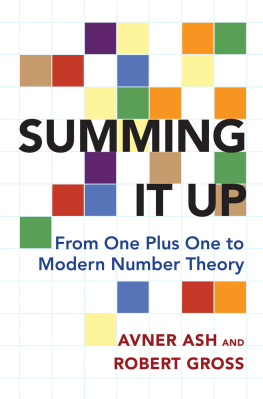

 (2) Using your fingers, start counting upwards from the number you said, so the first finger is 1 more than this number, the second finger is 2 more, and so on. So, if you were doing 3 + 7, you would count upwards like this: You would have already said 3, and then your fingers count-up 4, 5, 6, 7, 8 and then 9, 10:
(2) Using your fingers, start counting upwards from the number you said, so the first finger is 1 more than this number, the second finger is 2 more, and so on. So, if you were doing 3 + 7, you would count upwards like this: You would have already said 3, and then your fingers count-up 4, 5, 6, 7, 8 and then 9, 10: 
 (3) The last number that you say is the answer! So, 3 + 7 = 10.
(3) The last number that you say is the answer! So, 3 + 7 = 10.